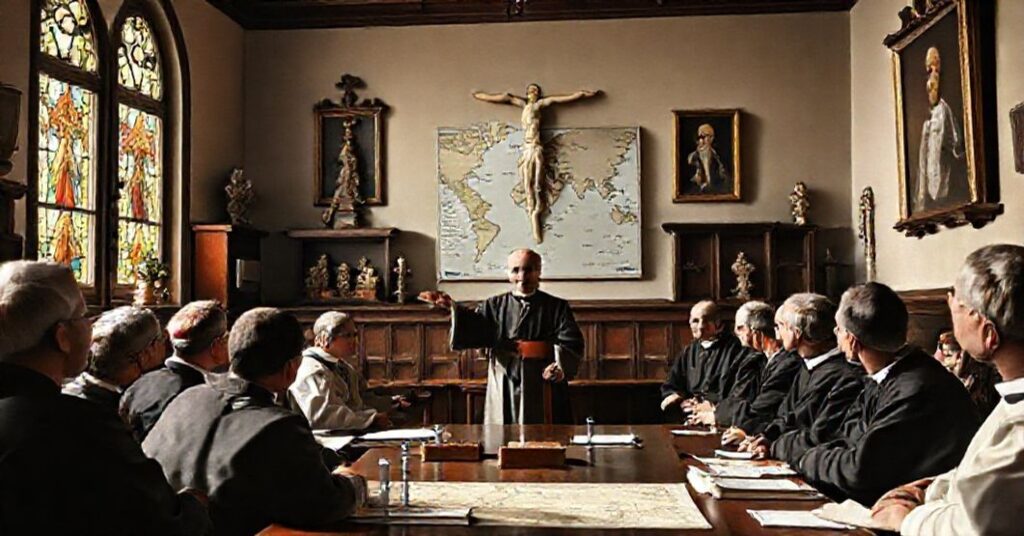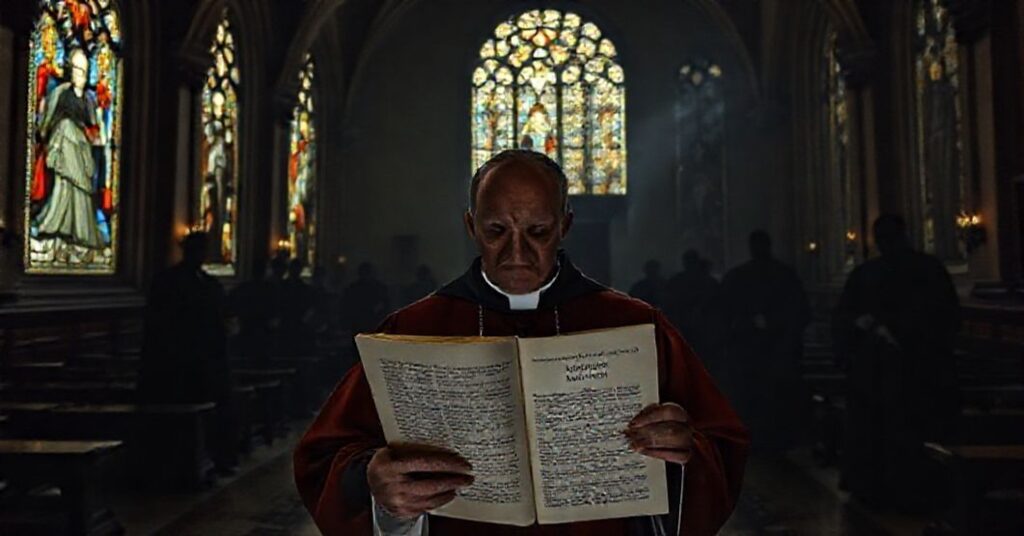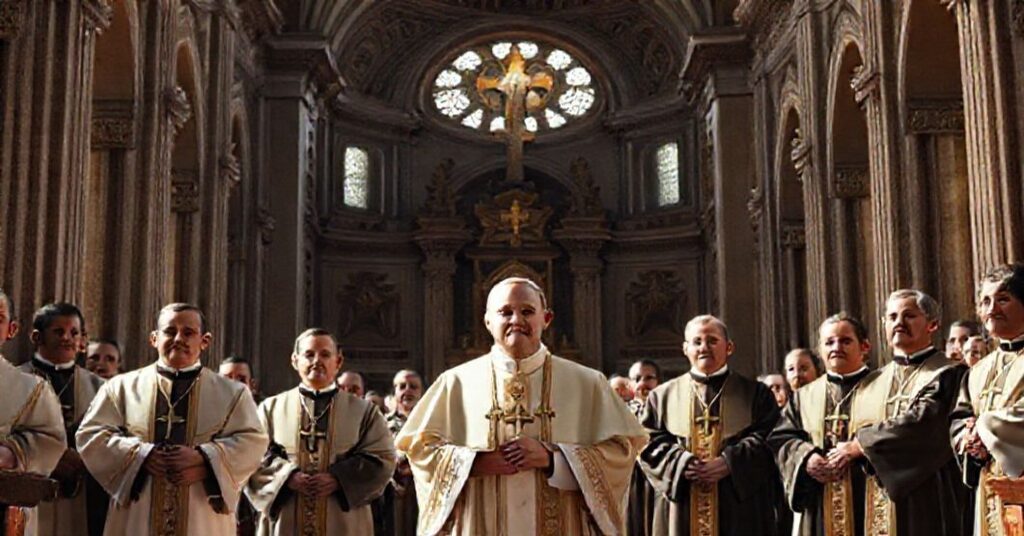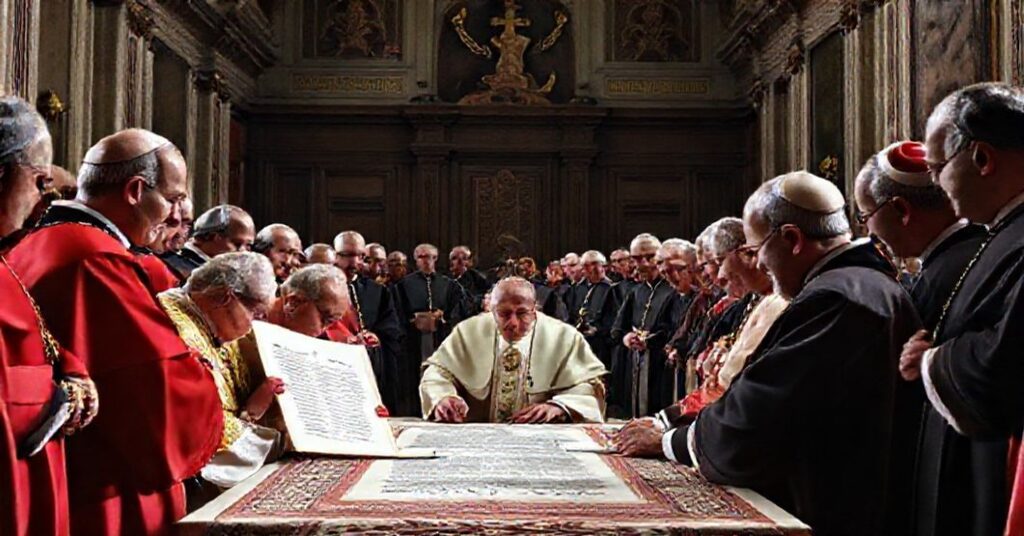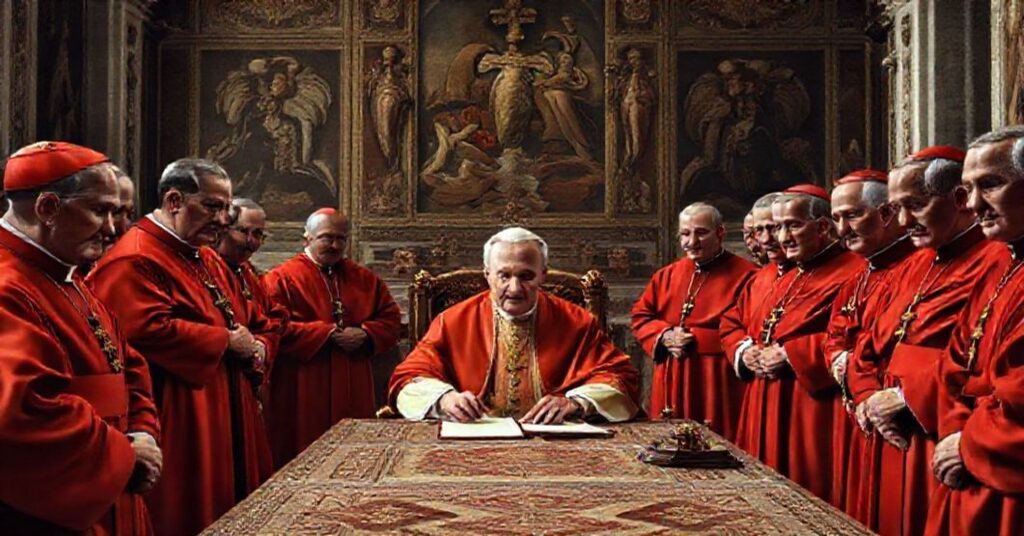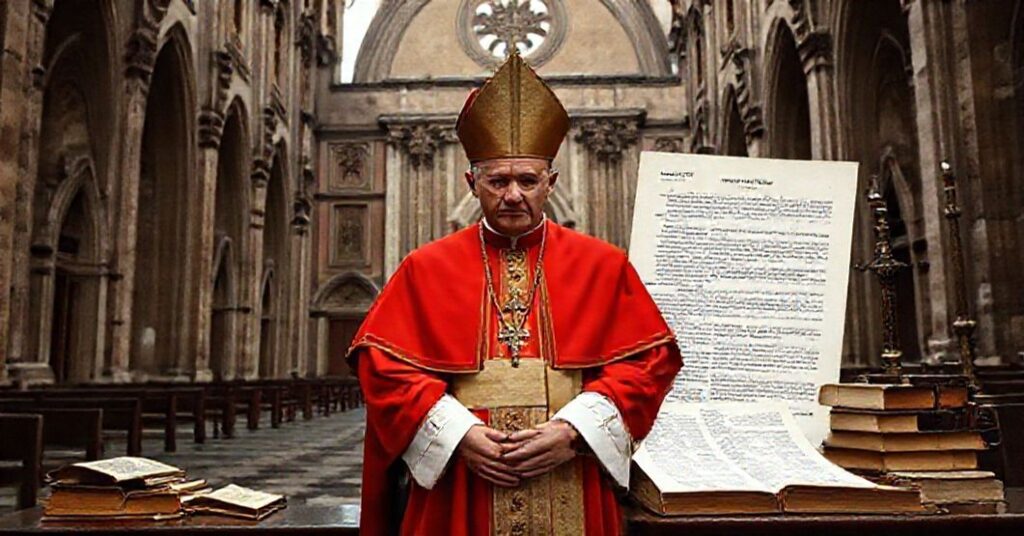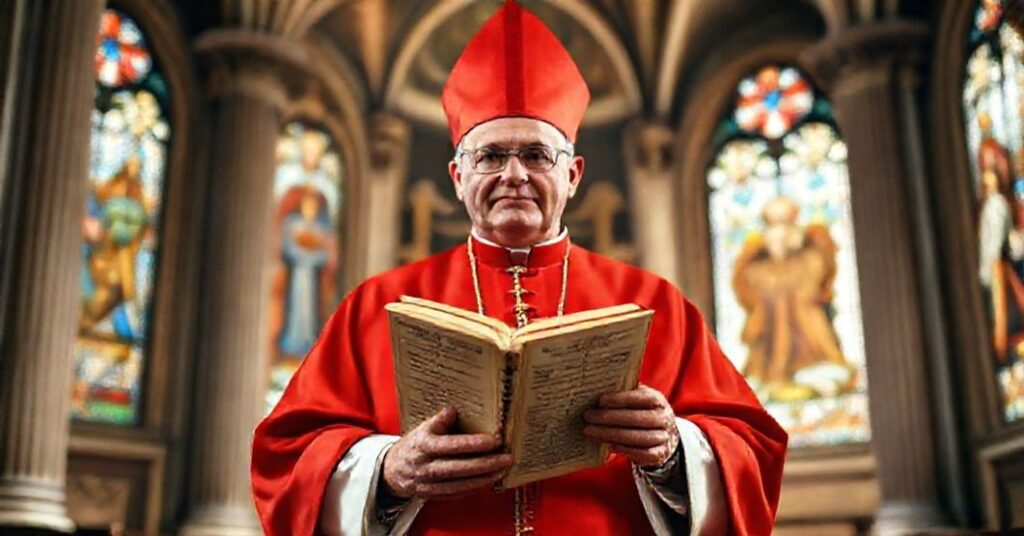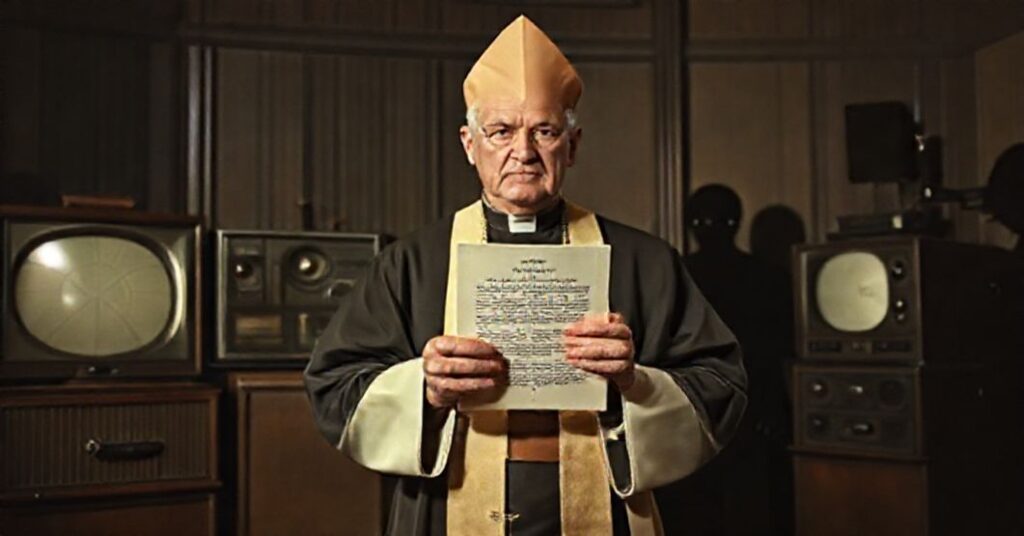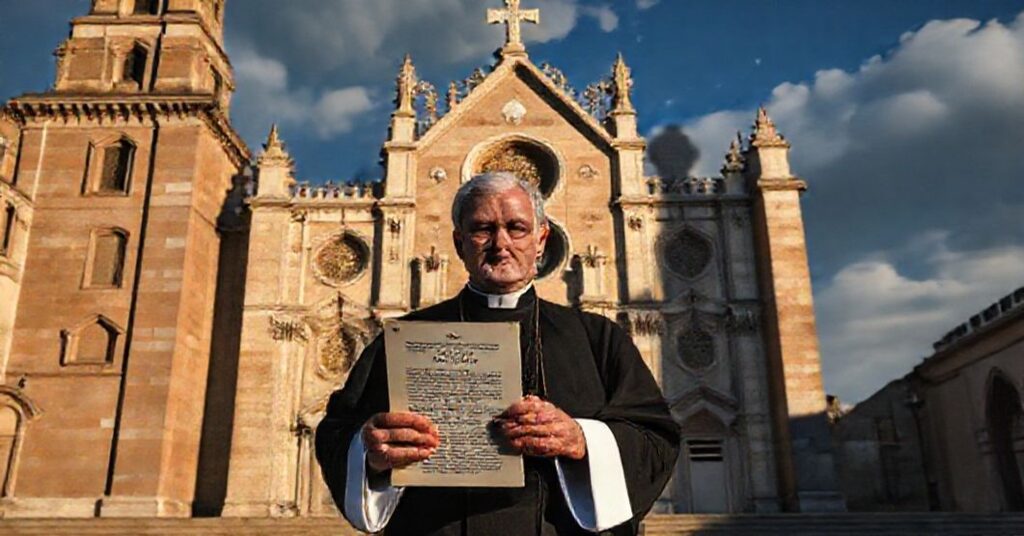Fidei Propagandae (1962.10.01)
The Latin text entitled “Fidei Propagandae” (1962.10.01), issued by antipope John XXIII, is presented as a motu proprio elevating the Pontifical Athenaeum Urbanianum to the title and status of “Pontifical Urban University,” framed as a continuation of the work of Propaganda Fide and as an instrument for forming clergy—especially from mission territories—to spread the Gospel worldwide. It praises the Urban College’s history since Urban VIII, stresses academic dignity, legal recognition, and alignment with Pius XI’s Deus scientiarum Dominus, and links this academic promotion explicitly with the imminent Vatican II as a sign of the Church’s universal mission. In reality, this text is a programmatic consolidation of the emerging conciliar sect’s apparatus: it weaponizes missionary language to install a paramasonic, pseudo-academic infrastructure ordered not to the reign of Christ the King, but to the global diffusion of Modernist, naturalistic, and ecumenical ideology.

